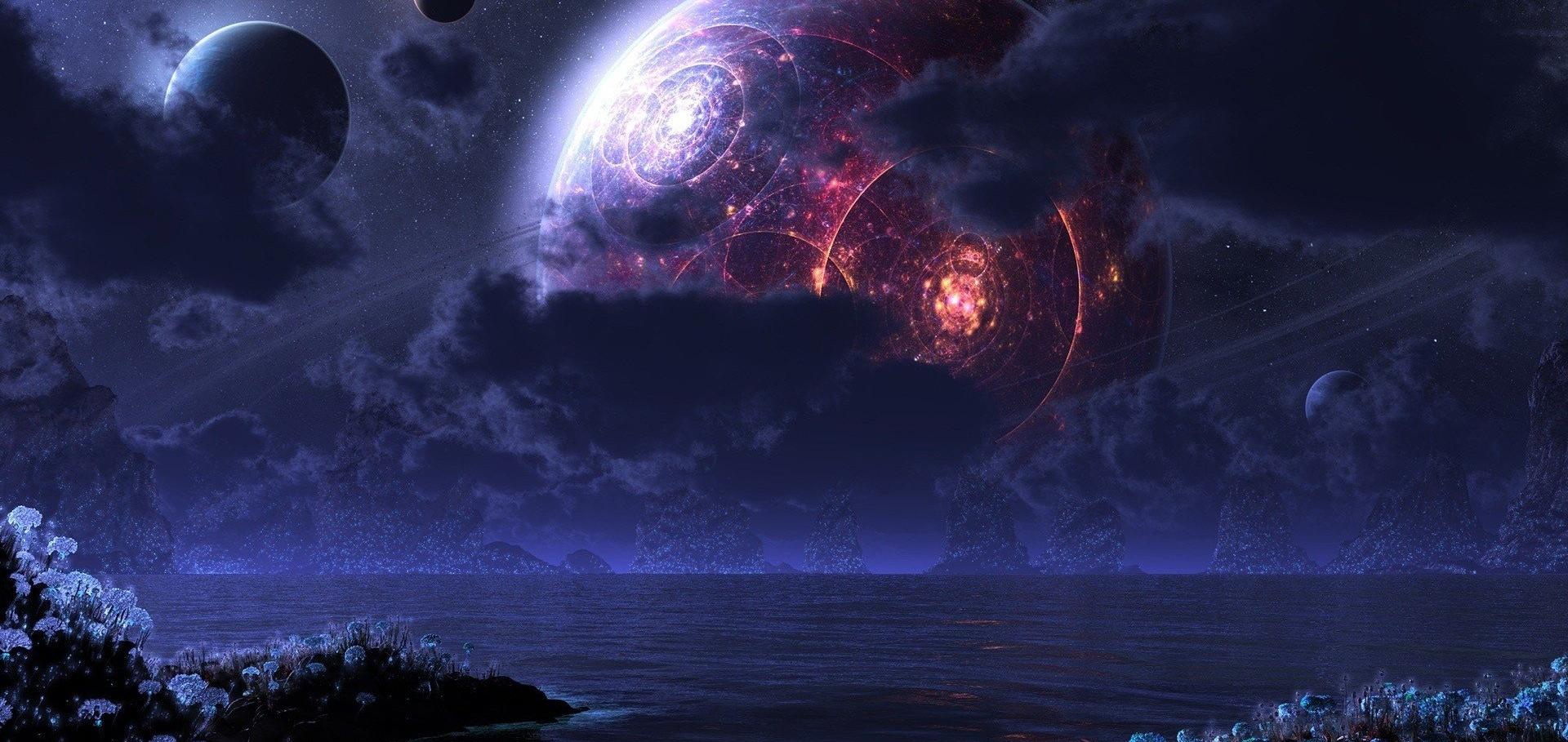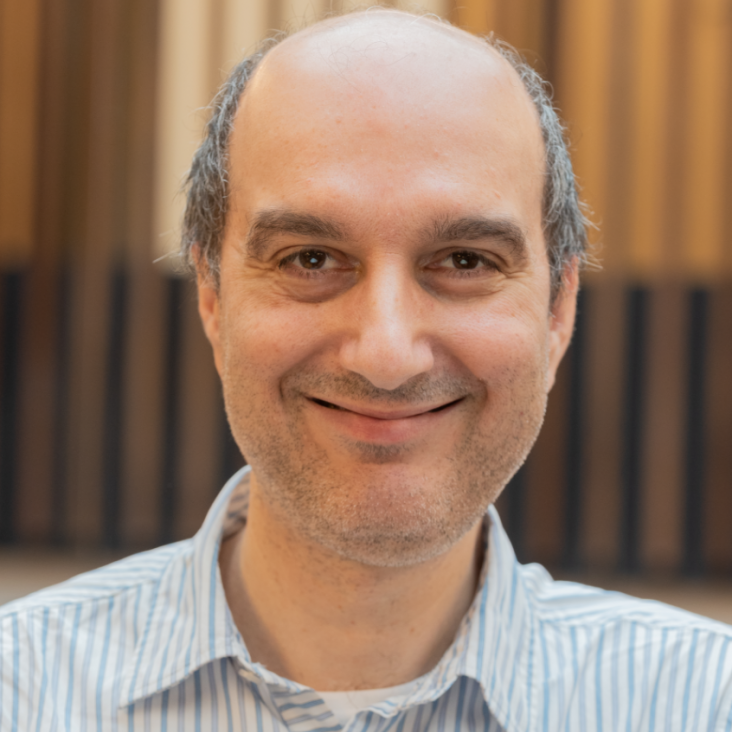Laboratory evidence of dynamo amplification of magnetic fields in a turbulent plasma
(2017)
Numerical modeling of laser-driven experiments aiming to demonstrate magnetic field amplification via turbulent dynamo
(2017)
A strong diffusive ion mode in dense ionized matter predicted by Langevin dynamics
Nature Communications Springer Nature 8 (2017) 14125
Abstract:
The state and evolution of planets, brown dwarfs and neutron star crusts is determined by the properties of dense and compressed matter. Due to the inherent difficulties in modelling strongly coupled plasmas, however, current predictions of transport coefficients differ by orders of magnitude. Collective modes are a prominent feature, whose spectra may serve as an important tool to validate theoretical predictions for dense matter. With recent advances in free electron laser technology, X-rays with small enough bandwidth have become available, allowing the investigation of the low-frequency ion modes in dense matter. Here, we present numerical predictions for these ion modes and demonstrate significant changes to their strength and dispersion if dissipative processes are included by Langevin dynamics. Notably, a strong diffusive mode around zero frequency arises, which is not present, or much weaker, in standard simulations. Our results have profound consequences in the interpretation of transport coefficients in dense plasmas.Scaled laboratory experiments explain the kink behaviour of the Crab Nebula jet
Nature Communications Nature Publishing Group (2016)


